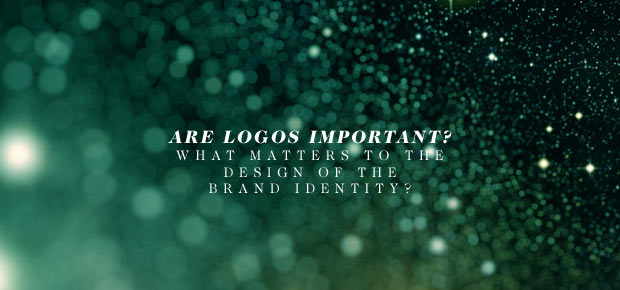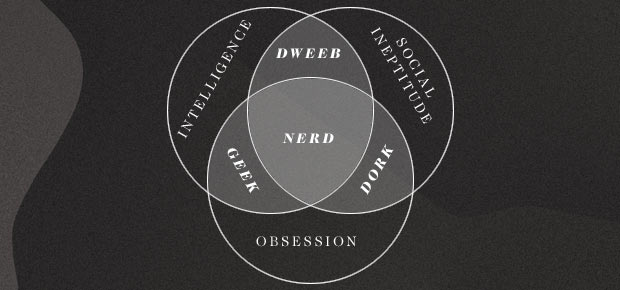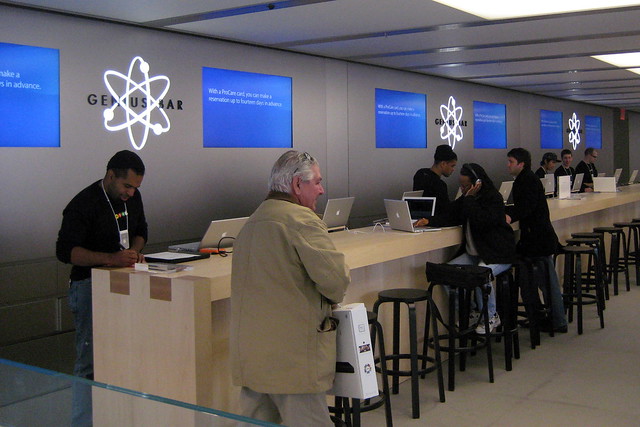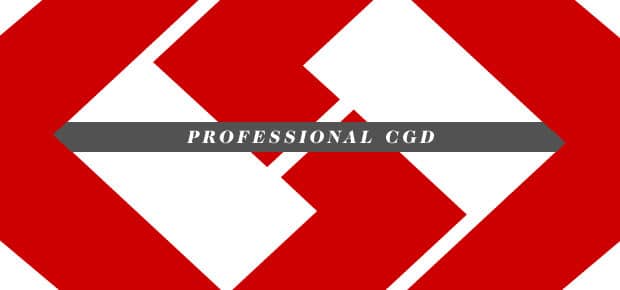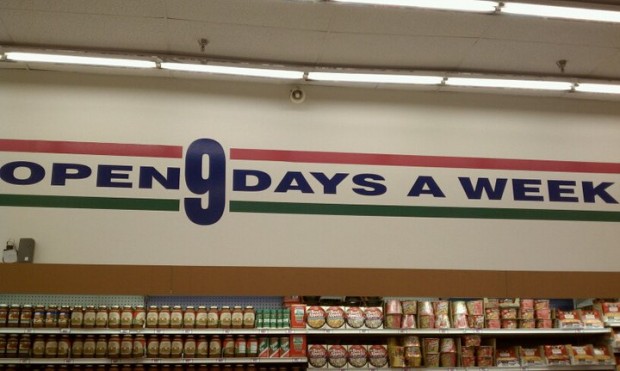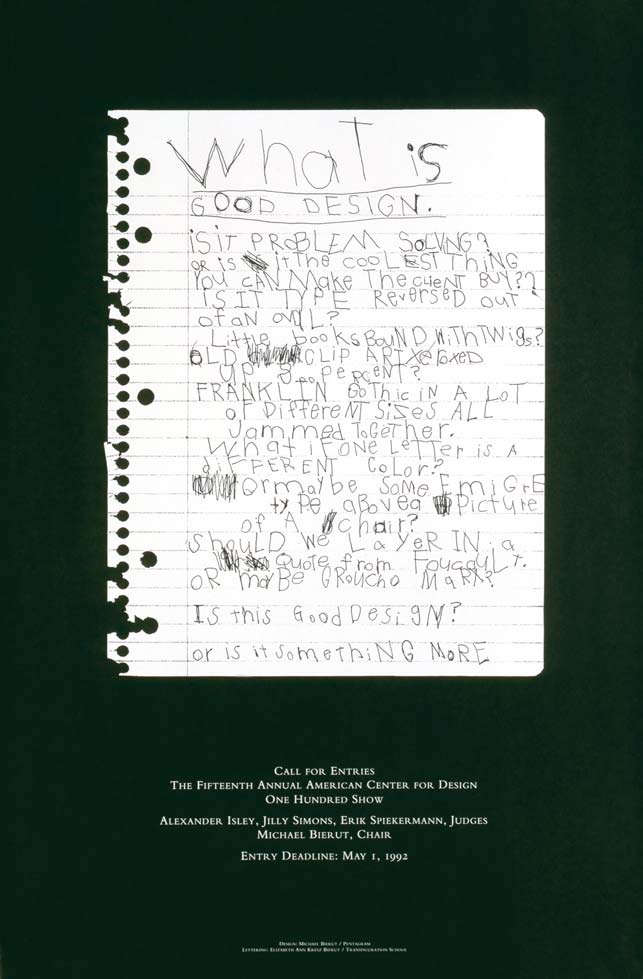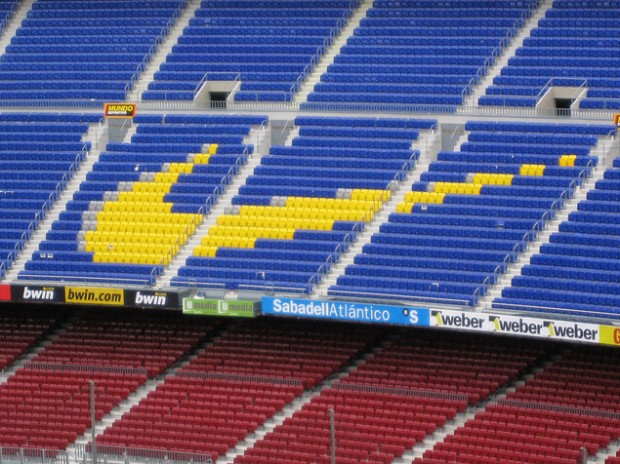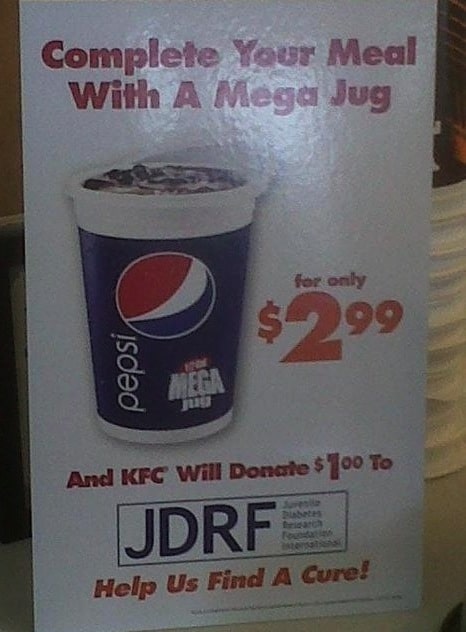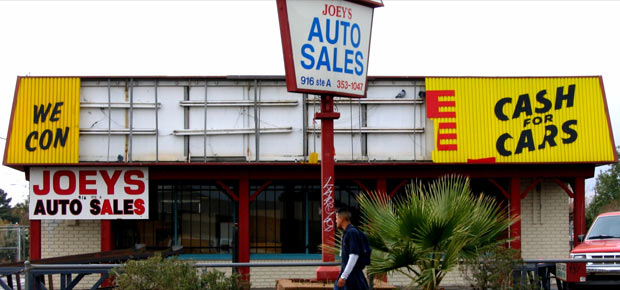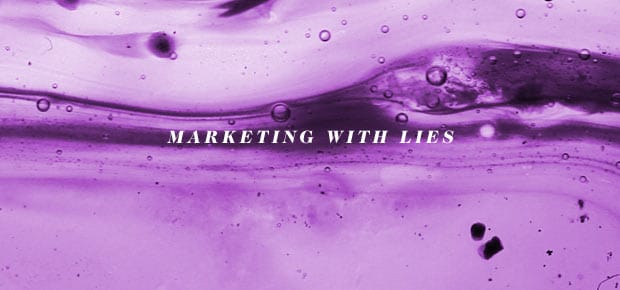What is it that makes a corporate brand identity? I used to think that this meant the logo, but the more I see and the more I practice the design of brands, the more I realize the logo enjoys exaggerated importance in the design of the brand identity.
Bad logos are either aesthetically unsuitable for the brand, or are simply unsuitable for technical reasons (e.g.: reproduction difficulties).
But if the logo isn’t outright bad, it can probably work well in the hands of a skilled designer. I’ve noticed that it’s novice designers who rely the most on a great logo to design good materials, where great designers can make mediocre marks work wonders for the brand.
This is because it’s the overall aesthetic that is created for the brand that really matters. In the end, the logo is really just a tiny aspect of the overall identity. I think it’s easy to see how this works when you start looking for it: have a look at your favourite brand design, how often does the logo really matter? While there will always be exceptions to the rule, you’ll often find that the logo itself has very little to do with the aesthetic given to the brand identity.
In fact, some of my favourite personal work has been done when I hastily applied the client’s logo as a last measure, because I hated the mark so much. I simply designed around it, and everyone was much happier for it.
